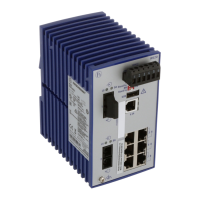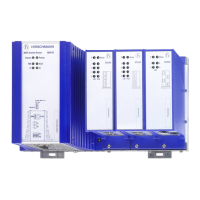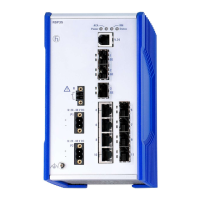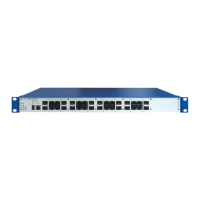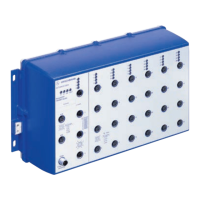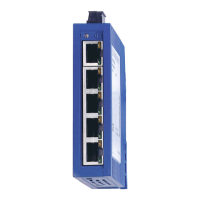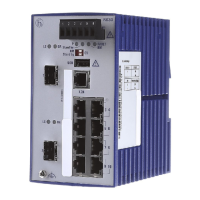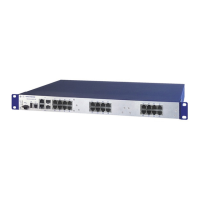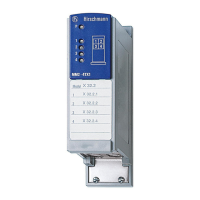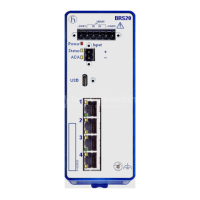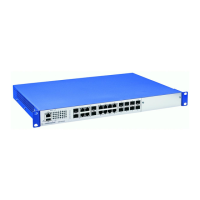Installation DRAGON MACH4000
Release
01
07/2018
7
National and international safety regulations
Verify that the electrical installation meets local or nationally applicable
safety regulations.
Requirements for connecting electrical wires
Before connecting the electrical wires, always verify that the
requirements listed are complied with.
Requirements for connecting the signal contact
Requirements for connecting the supply voltage
The following requirements apply without restrictions:
The electrical wires are voltage-free.
The cables used are permitted for the temperature range of the application case.
Before you set up other connections, connect one of the two ground connections on the
front side of the device with the protective conductor. When removing connections, remove
the protective conductor last.
Exclusively switch on the device when it is installed.
Relevant for North America:
Exclusively use 60/75 °C (140/167 °F) or 75 °C (167 °F) copper (Cu) wire.
Table 1: Requirements for connecting electrical wires
The following requirements apply without restrictions:
Limit the connected voltage with a current limitation or in accordance with its application.
Observe the electrical threshold values for the signal contact.
See “General technical data” on page 60.
Table 2: Requirements for connecting the signal contact
Device variant Prerequisites:
All variants All of the following requirements are complied with:
The supply voltage corresponds to the voltage specified on the type plate
of the device.
The power supply conforms to overvoltage category I or II.
The power supply has an easily accessible disconnecting device (for
example a switch or a plug). This disconnecting device is clearly identified.
So in the case of an emergency, it is clear which disconnecting device
belongs to which power supply cable.
The wire diameter of the power supply cable is at least 0.75 mm² (North
America: AWG18) on the supply voltage input.
The cross-section of the ground conductor is the same size as or bigger
than the cross-section of the power supply cables.
Use a power supply cable which is suitable for the voltage, the current and
the physical load.
Install a fuse in the outer conductor of the power supply.
Connect the neutral conductor to the ground potential. If the neutral
conductor is not connected to the ground potential, also install an external
fuse in the neutral conductor.
Regarding the properties of this fuse:
See “Technical data” on page 60.
Table 3: Requirements for connecting the supply voltage

